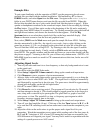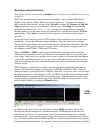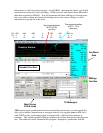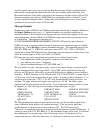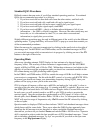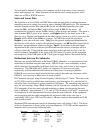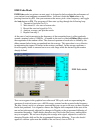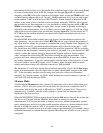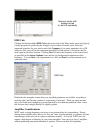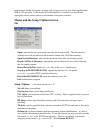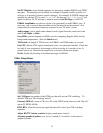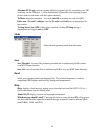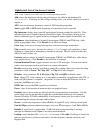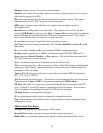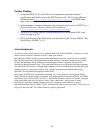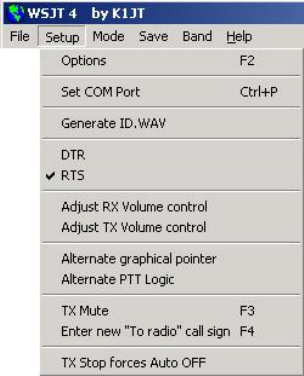
NA/EU Defaults: insert default templates for generating standard FSK441 and JT6M
messages. The templates can be edited, for example to append a suffix or prefix to a
callsign, or to properly format a contest exchange. For example, if G4FDX changes the
template for message TX1 to read “
%T W9/%M”, the message “K1JT W9/G4FDX” will
appear in the box for TX message 1 when he presses Gen Std Msgs to call K1JT.
FSK441 Amplitudes: set relative voltage to be generated for each FSK441 tone. If
necessary, one or more of these numbers can be decreased from the nominal 1.0 to
compensate for nonuniform frequency response in your TX audio system.
Audio output: select which audio channel carries signal from the sound card to the
radio: Left, Right, or Both.
Freq MHz: nominal frequency in MHz, used for computing Doppler shifts and sky
background temperatures. (See also Band menu.)
T/R Period: set length of T/R intervals for FSK441 and JT6M modes, in seconds.
Fast CPU: decode JT65 signals immediately after a recording has finished. Check this
box only if your computer is fast enough to allow decoding in 5 seconds or less. It
permits you to see a decoded message before your next transmission begins.
No Sh: disable all decoding of shorthand messages in FSK441.
Other Setup Items
Set COM port: set number of the COM port that will activate T/R switching. To
disable COM port T/R switching, enter 0.
Generate ID.WAV: create a CW wave file in the WSJT home directory with “My call”
sent at 25 WPM, 440 Hz.
DTR, RTS: select the serial-port signal line that will control your T/R switching
sequence.
Adjust RX/TX Volume controls: display sound mixer controls.
Alternate graphical pointer: use “arrow” instead of “crosshairs” as the mouse’s
graphical pointer.
13



